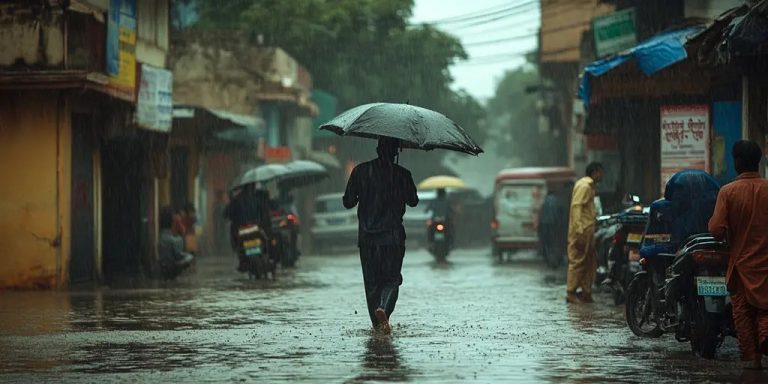not many people know
Paul Homewood
Another good monsoon in India:

MUMBAI (Reuters) – India has seen its heaviest monsoon rainfall this year since 2020, the state meteorological department said on Monday, marking three consecutive months of above-average rainfall that has helped the country recover from last year's drought.
India's annual monsoons provide nearly 70% of the rain needed to irrigate farms, replenish reservoirs and aquifers, and are the lifeblood of an economy of nearly $3.5 trillion. Without irrigation, nearly half of India's agricultural land relies on rainfall, which typically runs from June to September.
Data from the India Meteorological Department (IMD) showed that rainfall across the country from June to September was 107.6% of the long-term average, the highest level since 2020.
IMD data showed that India received 11.6% more rainfall than average in September, following July and August rainfall which were 9% and 15.3% above average respectively.
Above-average rainfall in September due to delayed monsoon retreat has damaged some summer crops such as rice, cotton, soybean, corn and pulses in some parts of India.
However, rainfall may also increase soil moisture, benefiting winter-sown crops such as wheat, rapeseed and chickpeas.
After experiencing its driest year in five years in 2023, India is in dire need of adequate rainfall in 2024, leading to depleted reservoirs and reduced yields of some crops. This has forced New Delhi to restrict exports of rice, sugar and onions.
Ashwini Bansode, vice-president of commodities research at Phillip Capital India, said the rainfall distribution was generally good and helped farmers expand the area under cultivation of most crops.
“This means we may get a larger harvest of summer-sown crops, which may help governments ease trade restrictions in some cases,” she said.
India on Saturday lifted restrictions on exports of non-basmati white rice. A day earlier, New Delhi slashed export duties on parboiled rice to 10%, boosted by the upcoming arrival of new crops and rising stocks in state warehouses.
https://uk.finance.yahoo.com/news/indias-monsoon-rains-hit-four-121413615.html
A wetter than normal monsoon is always good news for India. This is a boost to the entire economy. In addition to the obvious benefits for agriculture, it can also fill reservoirs and increase hydroelectric power generation.
Rainfall during this year's June-September monsoon season was 7.6% above average:

https://mausam.imd.gov.in/imd_latest/contents/rainfall_time_series.php
Reuters referred to last year's “drought,” but rainfall was actually well within normal limits. In India, they only classify conditions below 90% on average as drought. As the chart below shows, it has been several years since a severe drought occurred.
Droughts are often associated with El Niño phenomena, as was the case in 2015.
The period from the 1960s to the 1980s was particularly marked by a prolonged period of severe drought, which was directly related to global cooling. The event is part of a wider drought belt that stretches from Africa's Sahel region to the Middle East, through India and on to China.
By comparison, global warming from the 1920s to the 1940s brought abundant rainfall to India.

Relevant
